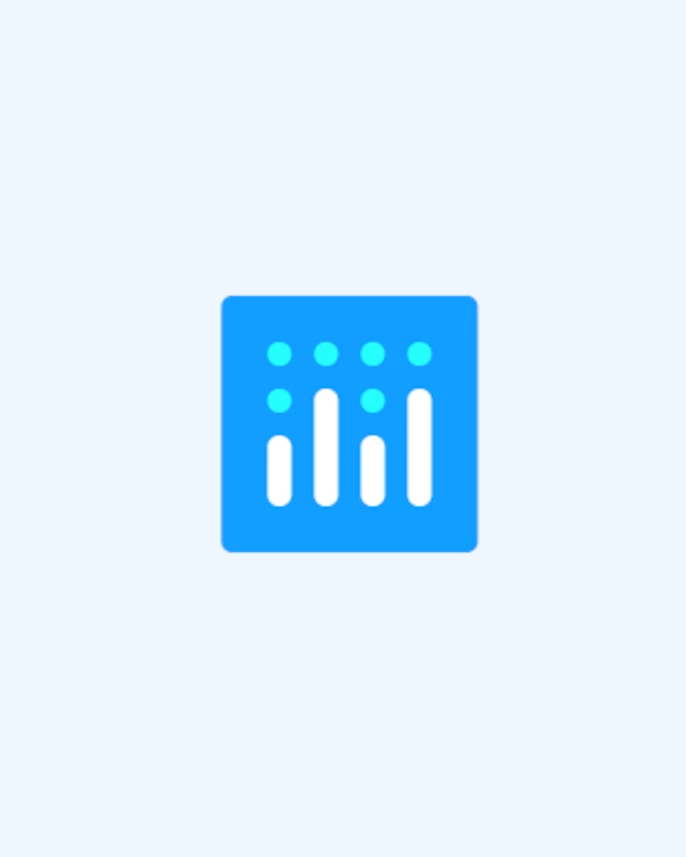In an era where data-driven decision-making reigns supreme, visualizing data effectively has become more crucial than ever. Among the tools available for this task, Plotly and Dash have emerged as leading solutions, with a robust open-source JavaScript charting library at their core. This article explores the foundational technology powering these platforms, its merits, and how it aids in extracting meaningful insights from data.
What Is Plotly?
Plotly is a high-level, open-source data visualization library that allows developers to create interactive and visually appealing charts and graphs. Built on top of D3.js and stack.gl, Plotly.js is the open-source JavaScript graphing library that powers Plotly. It provides over 40 different types of graphs, ranging from 3D charts, geographic maps, SVG, to statistical graphs, all of which are interactive and customizable.
Plotly become synonymous with interactive, web-based data visualizations. It is built on top of D3.js and Stack.gl, and it supports over 35 types of statistical, financial, geographic, scientific, and 3-dimensional charts out of the box.
The Backbone
D3.js (Data-Driven Documents) is an influential JavaScript library that uses digital data to drive the creation and control of dynamic and interactive graphical forms. D3 is noted for its flexibility. It provides the core rendering and animation capabilities, allowing users to generate highly customizable visuals.
On the other hand, Stack.gl is an open software ecosystem for WebGL, developed and maintained by contributors from around the world. It provides a set of modular tools and building blocks that enable rich, high-performance visualizations for data sets. Combined with D3.js, Stack.gl empowers Plotly.js to provide high-quality, interactive 3D and WebGL charts.
Strengths
- Variety of Charts: Plotly.js supports an array of chart types, including histograms, box plots, heat maps, scatter plots, line charts, and more. This vast collection facilitates versatile data visualization, adaptable to a wide range of needs.
- Interactivity: A standout feature of Plotly.js is its support for interactivity. Users can zoom, pan, hover, and click on the charts. This interactivity aids in drilling down data for more in-depth analysis.
- Customizability: With Plotly.js, customization is key. Developers can modify colors, sizes, and layouts, and even add custom hover text or annotations, delivering a truly tailored data visualization experience.
Dash: A Closer Look
Dash, developed by Plotly, is an open-source Python framework for building analytical web applications. No JavaScript required, which makes Dash a go-to tool for Python developers. Dash apps are composed of Plotly.js interactive, web-based charts and controls, which are rendered with Python.
Why Choose Dash?
- No JavaScript Necessary: Dash bridges the gap between front-end and back-end development. Enabling Python developers to create rich web applications without requiring extensive knowledge of JavaScript, HTML, or CSS.
- Reusable Components: Dash fosters efficiency with its reusable components, created with Plotly.js, React.js, and Flask, which can be customized and shared across multiple projects.
- Linking Plotly Charts: Dash allows users to create interconnected charts where a selection or zoom in one chart can update another. This enhances the user’s ability to explore complex relationships in the data.
Tips for Using
- Leverage Plotly’s Online Chart Editor: For those less familiar with JavaScript or Python, Plotly offers a user-friendly. Online chart editor that lets you design and export charts quickly.
- Make Use of Dash’s Callbacks: Dash’s callback functions enable interactivity in your applications. These functions react to changes in input components to update the output components, creating a dynamic app experience.
Future Directions and Community Engagement
While Plotly.js and Dash have already proven to be comprehensive and powerful tools, it’s important to note that they are both open-source projects. This means they benefit from constant evolution and improvements made by the global developer community. So, users can look forward to regular updates that offer new features, improved performance, and even more ease of use.
As members of an open-source community, users also have the opportunity to contribute to the platforms. This might involve everything from creating new components, fixing bugs. And improving documentation to sharing tutorials and use cases that can assist other users.
Integration with Other Technologies
Plotly.js and Dash offer impressive standalone capabilities, but they also integrate seamlessly with various other technologies, extending their functionality. For instance, you can use Plotly within Jupyter Notebooks or Google Colab for interactive data exploration. Dash, on the other hand, can integrate with a variety of data sources and libraries. Including Pandas, SQL databases, and more. This makes Plotly.js and Dash not just powerful visualization tools, but a vital part of a larger data science ecosystem.
Tips for Working
- Get familiar with the documentation: Both Plotly and Dash have extensive documentation and active communities. It’s beneficial to take advantage of these resources.
- Start simple: Especially when dealing with complex visualizations, it can be helpful to start with a basic chart and incrementally add elements and features.
- Use Dash’s built-in components: Dash provides various built-in components, which can save time and provide more consistent results.
- Take advantage of Plotly’s interactivity: Plotly is built to be interactive. Hover information, zooming, and panning are all built-in and can be customized to suit your needs.
Conclusions
Plotly.js and Dash have proven to be powerful tools for data visualization and web application development. They eliminate the barriers traditionally associated with these tasks by providing high-level interfaces to a vast collection of charts and graphs. Both Plotly and Dash are bolstered by an open-source community, continuously contributing to their improvement and expansion. Whether you’re a seasoned developer or a data analyst, Plotly.js and Dash offer an effective way to convey complex data stories through visually engaging and interactive charts.
